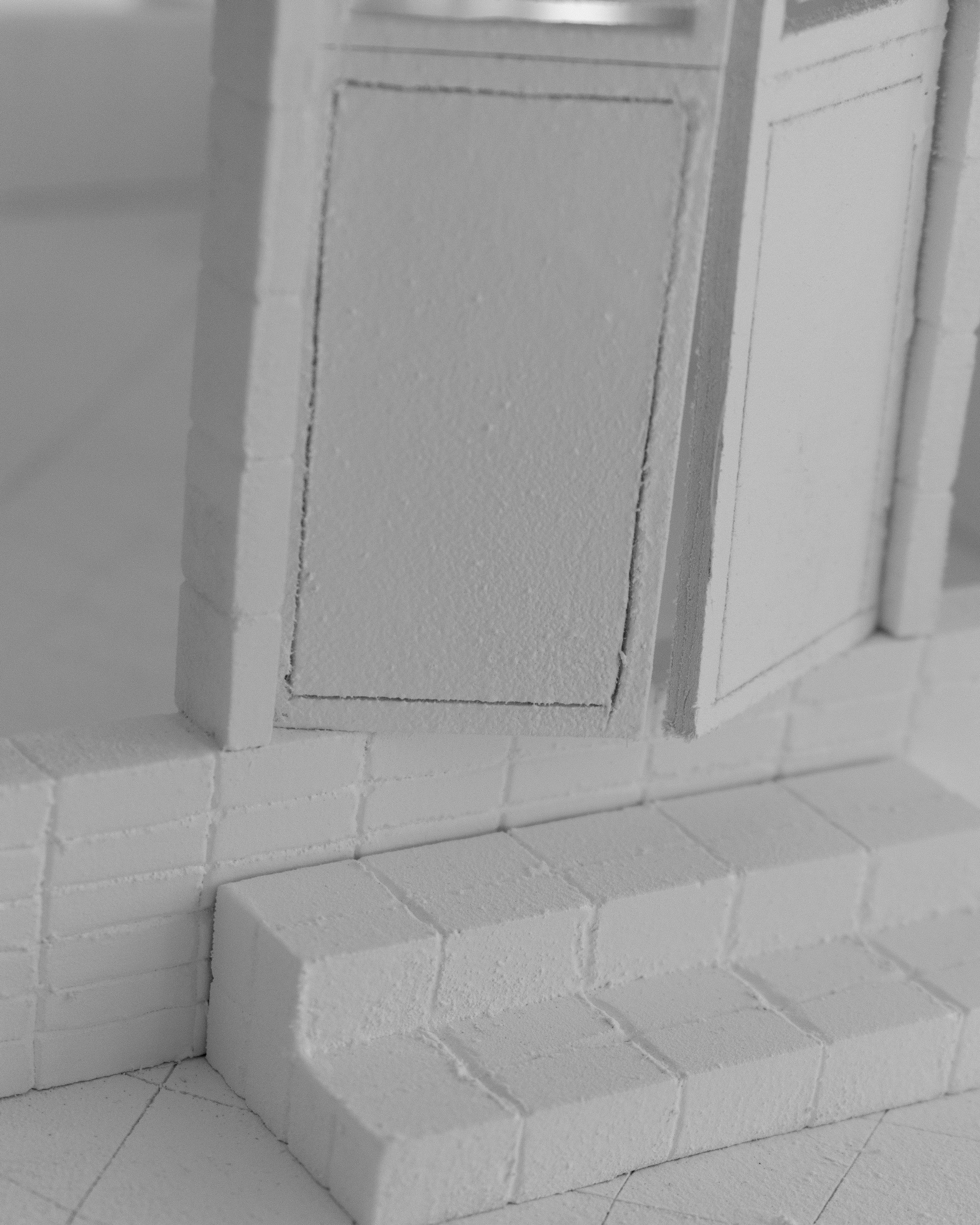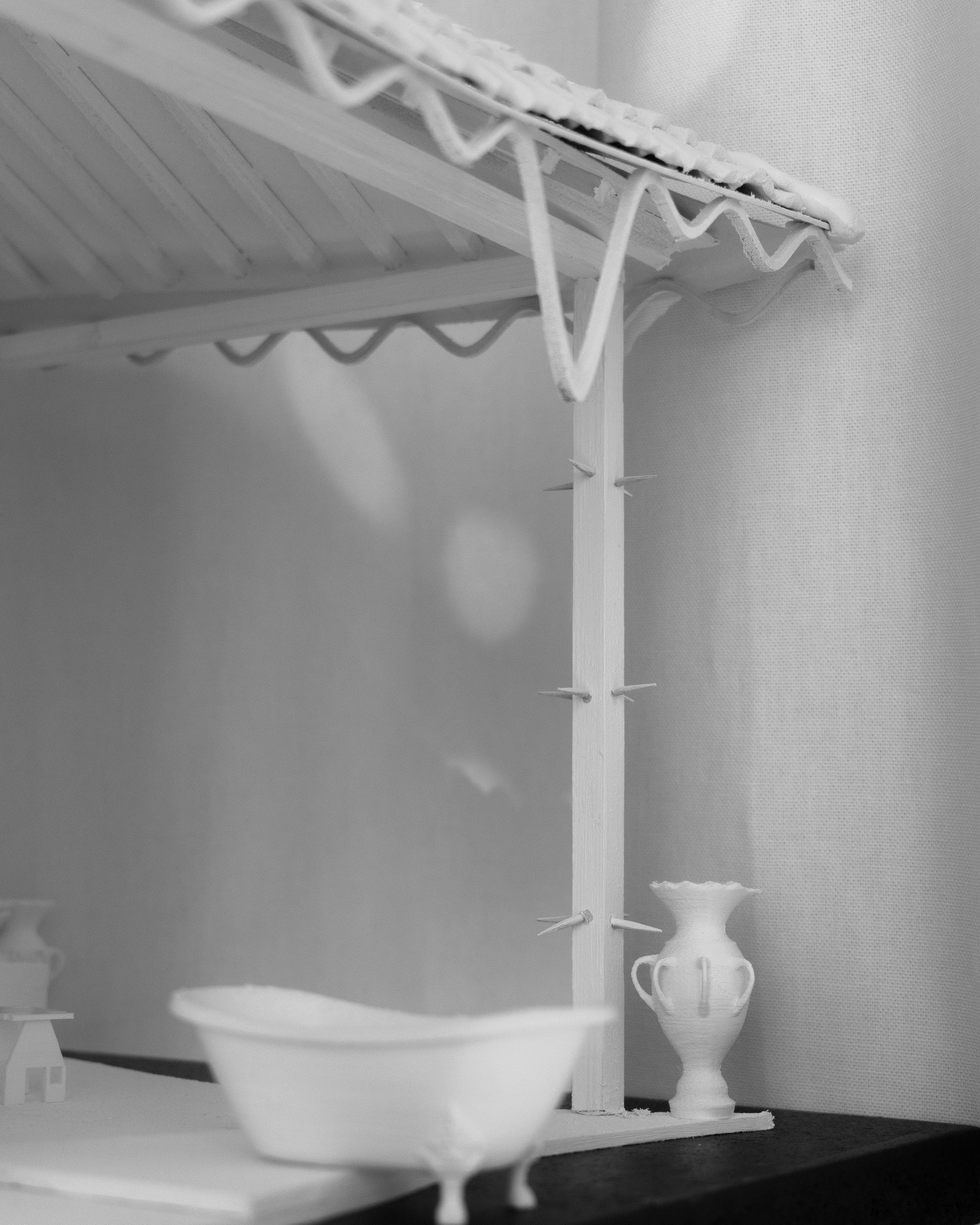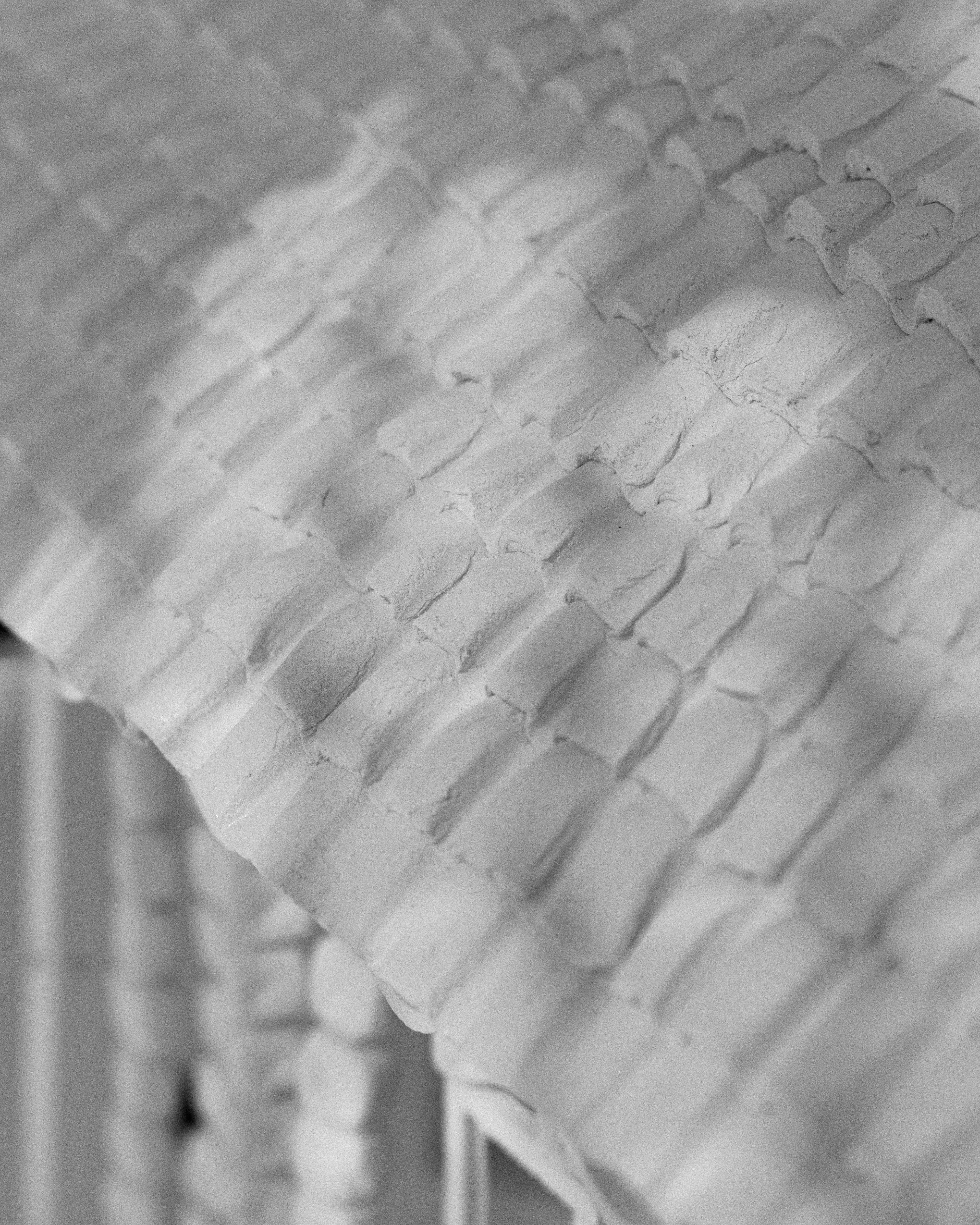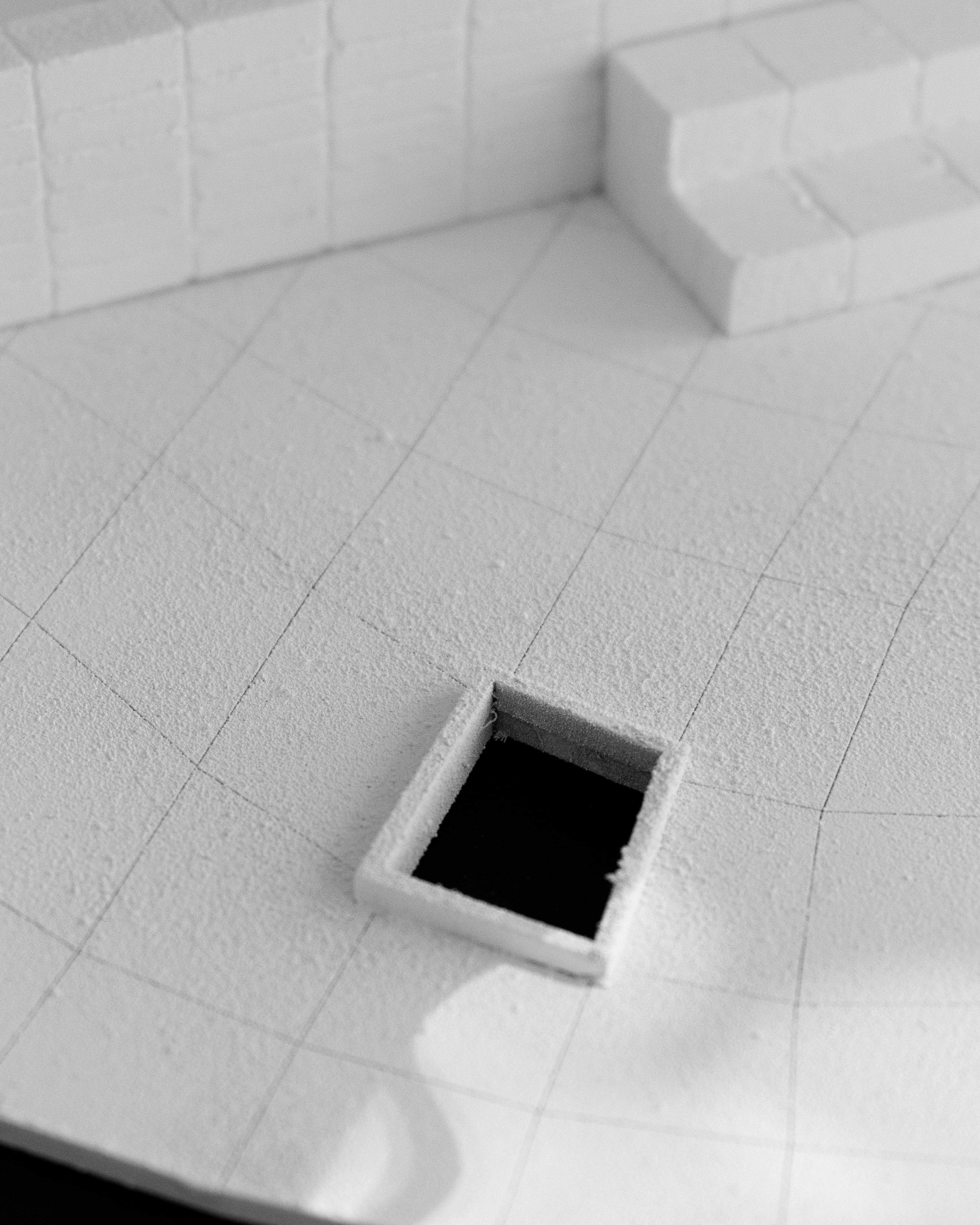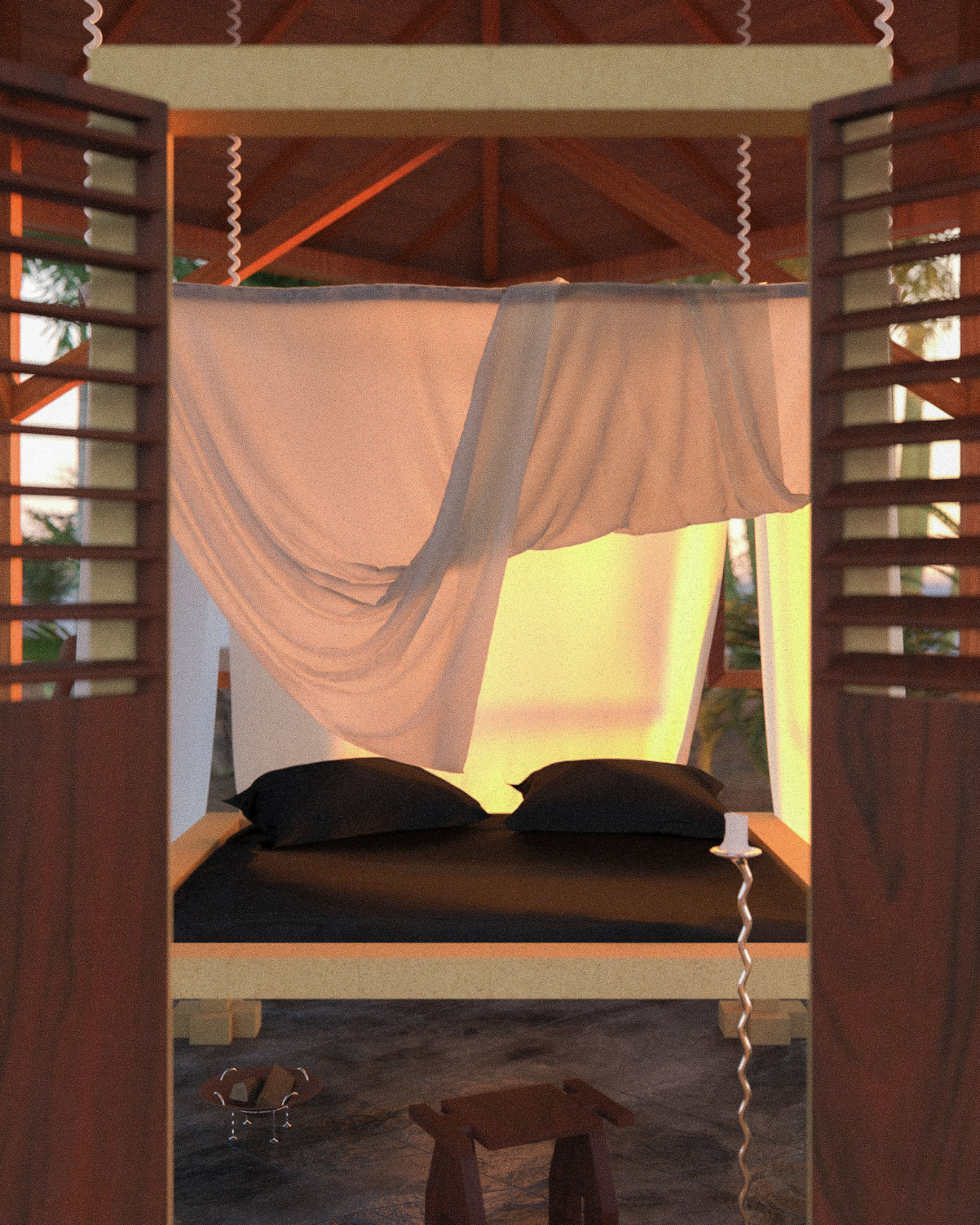


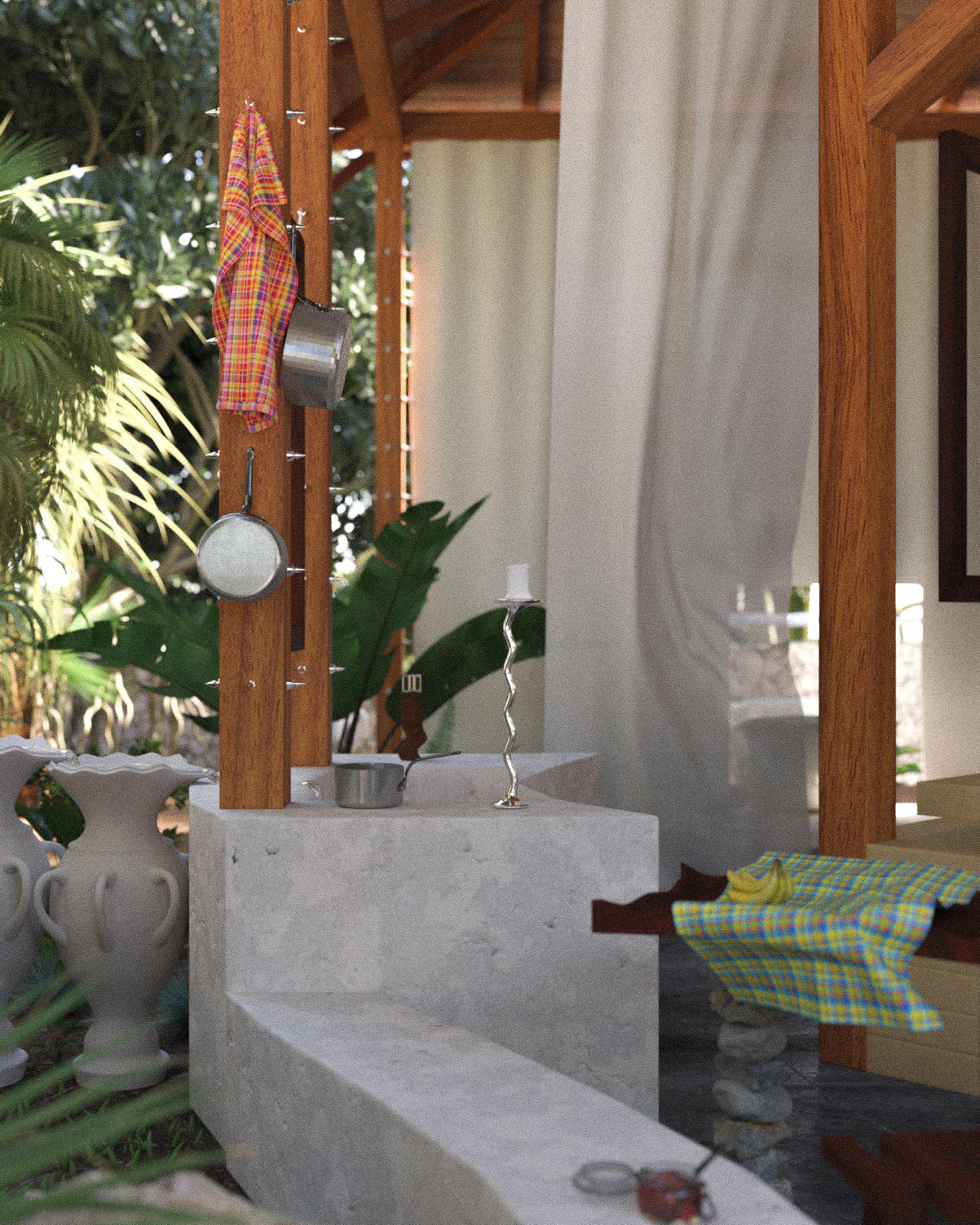





Concept
/Individual project
/Directed by Charlotte Juillard
/Camondo 5th year
/Duration : 5 months
"Welcome To La Guiablesse’s Hut" is an architectural tale featuring the Creole hut. This mysterious hut is imagined for a mythical and legendary character from the island of Martinique : La Guiablesse. La Guiablesse appears to be a perfectly normal woman, a ravishing honey-haired chabine. A part of her body, however, gives her away. Hidden beneath her long cotton skirt, one of her two feet is abnormal. This chimerical hut reflects the superhuman and paradoxical character of this supernatural cbeing ; at once simple and complex, impulsive and slow, spontaneous and thoughtful, sophisticated and primitive, exuberant and occult...






Evolving axonometry : traditional hut
to La Guiablesse’s hut
1 Traditional hut surrounded by a gallery
2 Central hut rotated ︎︎︎ creation of new spaces
3 Hut without physical walls ︎︎︎ imitation of the traditional hut façade : central door, small windows apart, basement and stairs
4 Traditionally, huts floors are made of cement tiles for their fresh feeling
5 The ground is spontaneously agitated, as if it was suddenly brought to life, becoming malleable and deformed by the movement of the wind
6 Like La Guiablesse with its goat's foot, the hut has an abnormal column
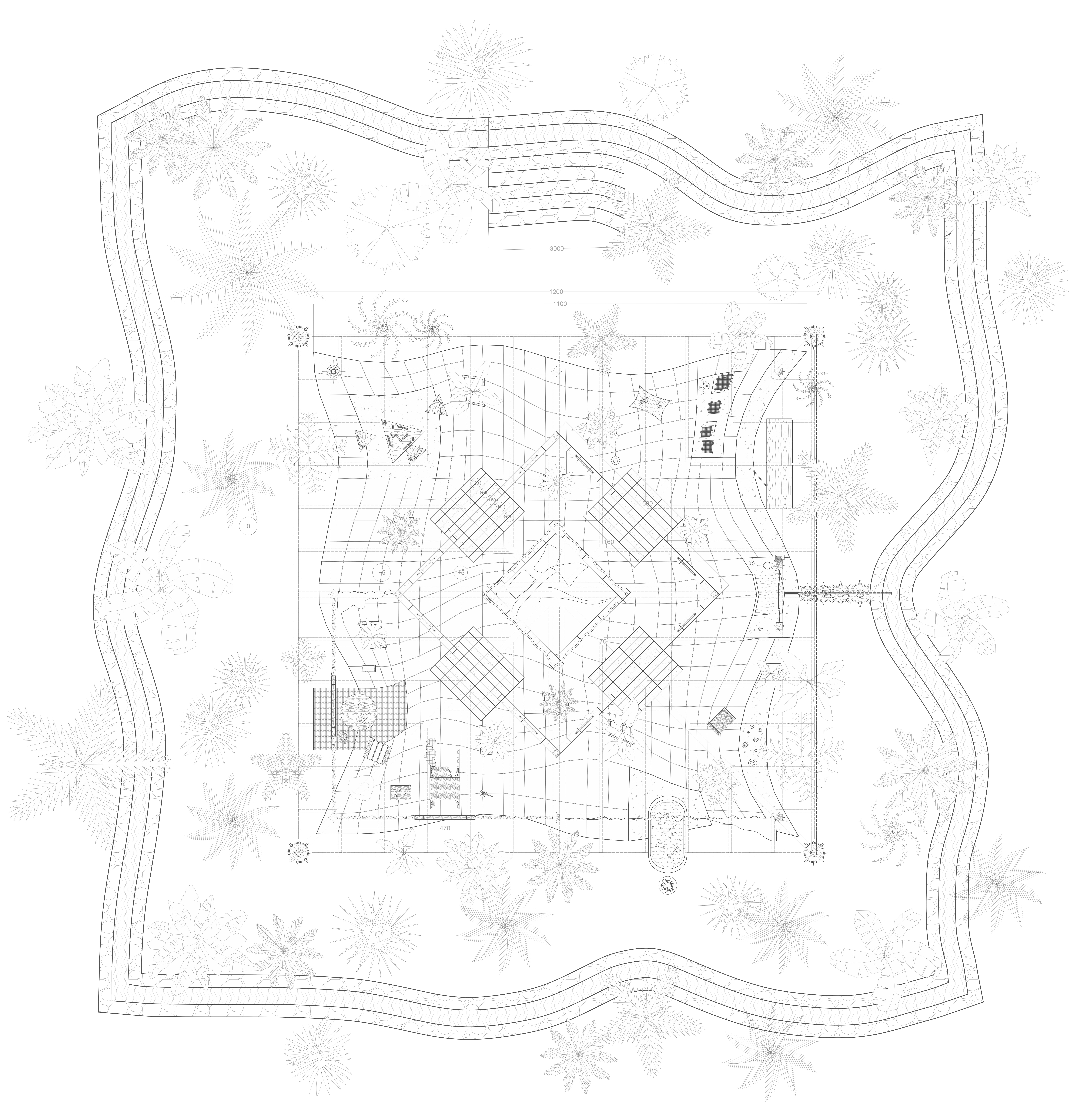
Architectural
Plan
On the floorplan we can notice a large wall, one meter tall, snaking around the hut. That particular wall collect and store the rainwater to, then, discharge its overflow into the cascade jars (check out the arrow), that goes either into La Guiablesse’s basin or disperse into the garden.
The original hut were only used to sleep and rest. Kitchens and bathrooms used to be outside for health and safety reasons. This is why, here, only La Guiablesse’s bed is in the center and inside the hut. The rest of the habitable rooms are placed “outside”, in the gallery (the terrace).
Click on the floorplan to zoom.





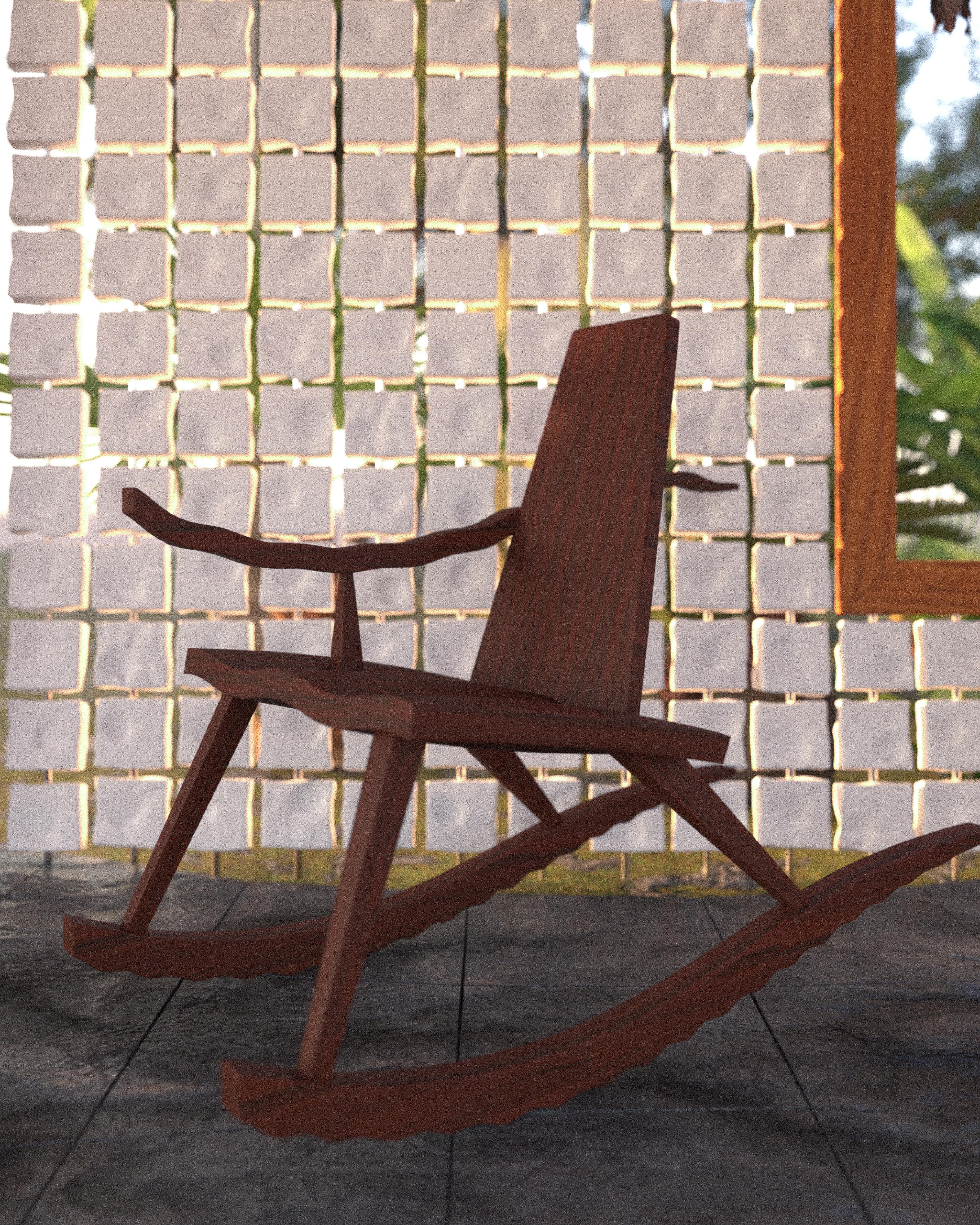


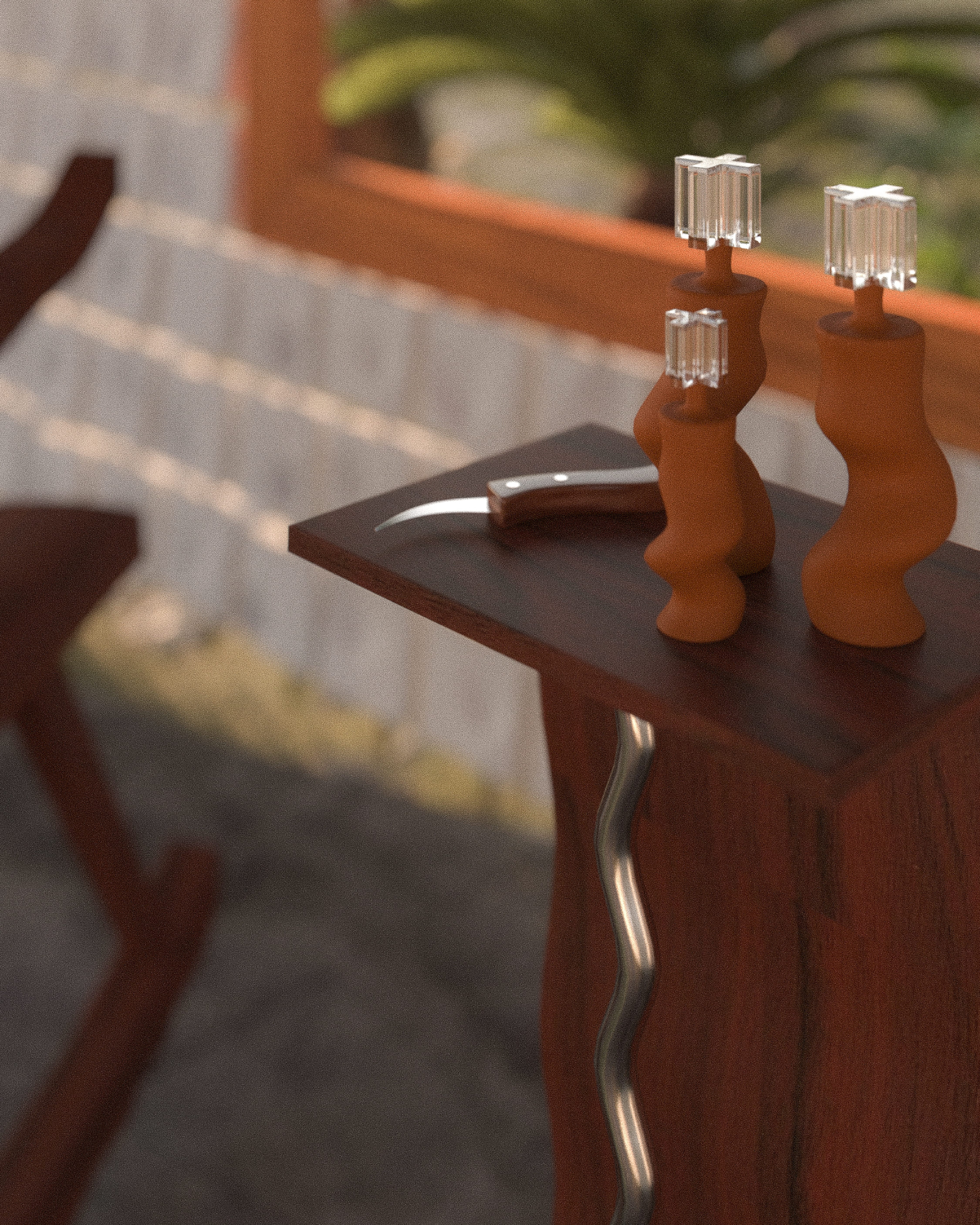
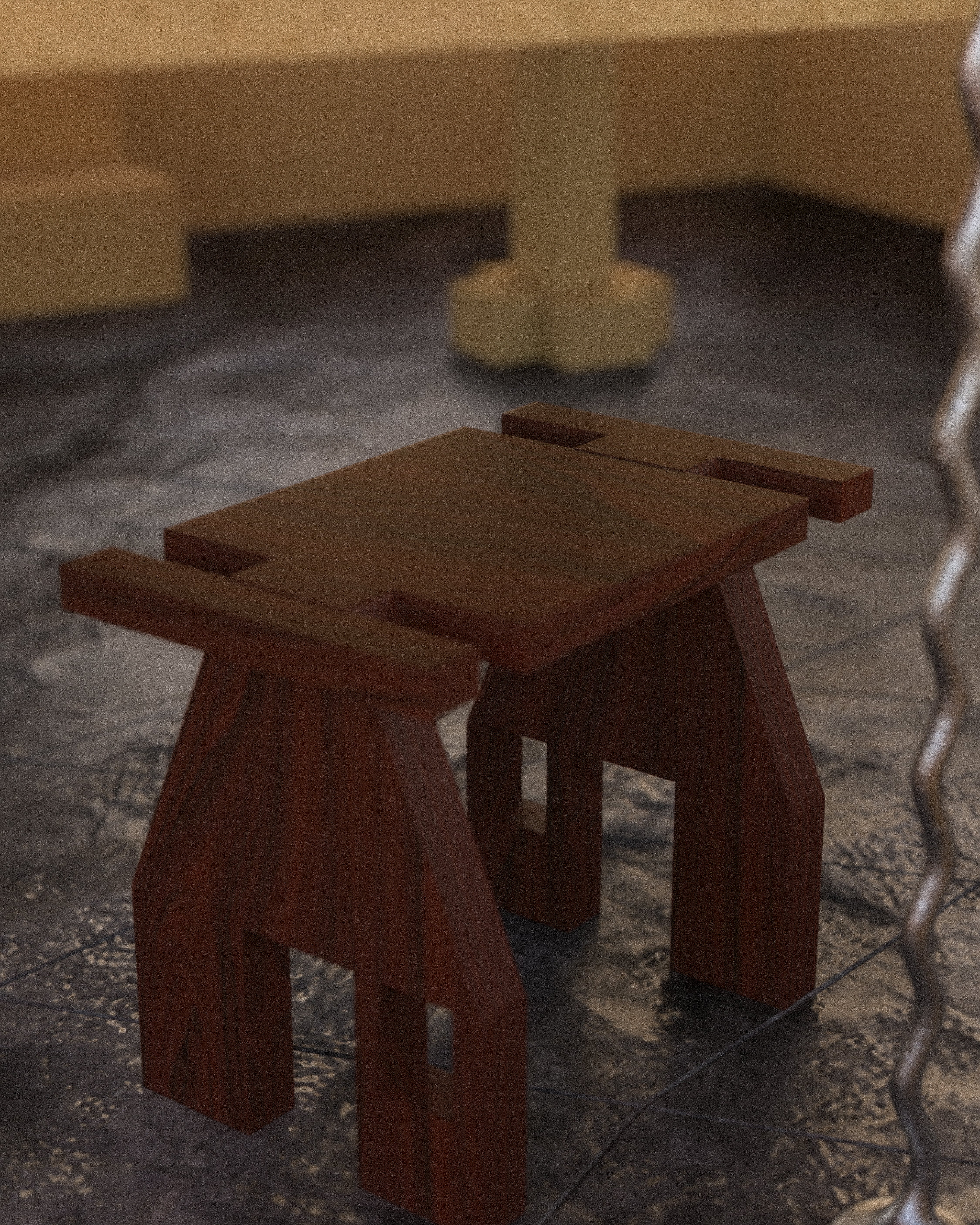
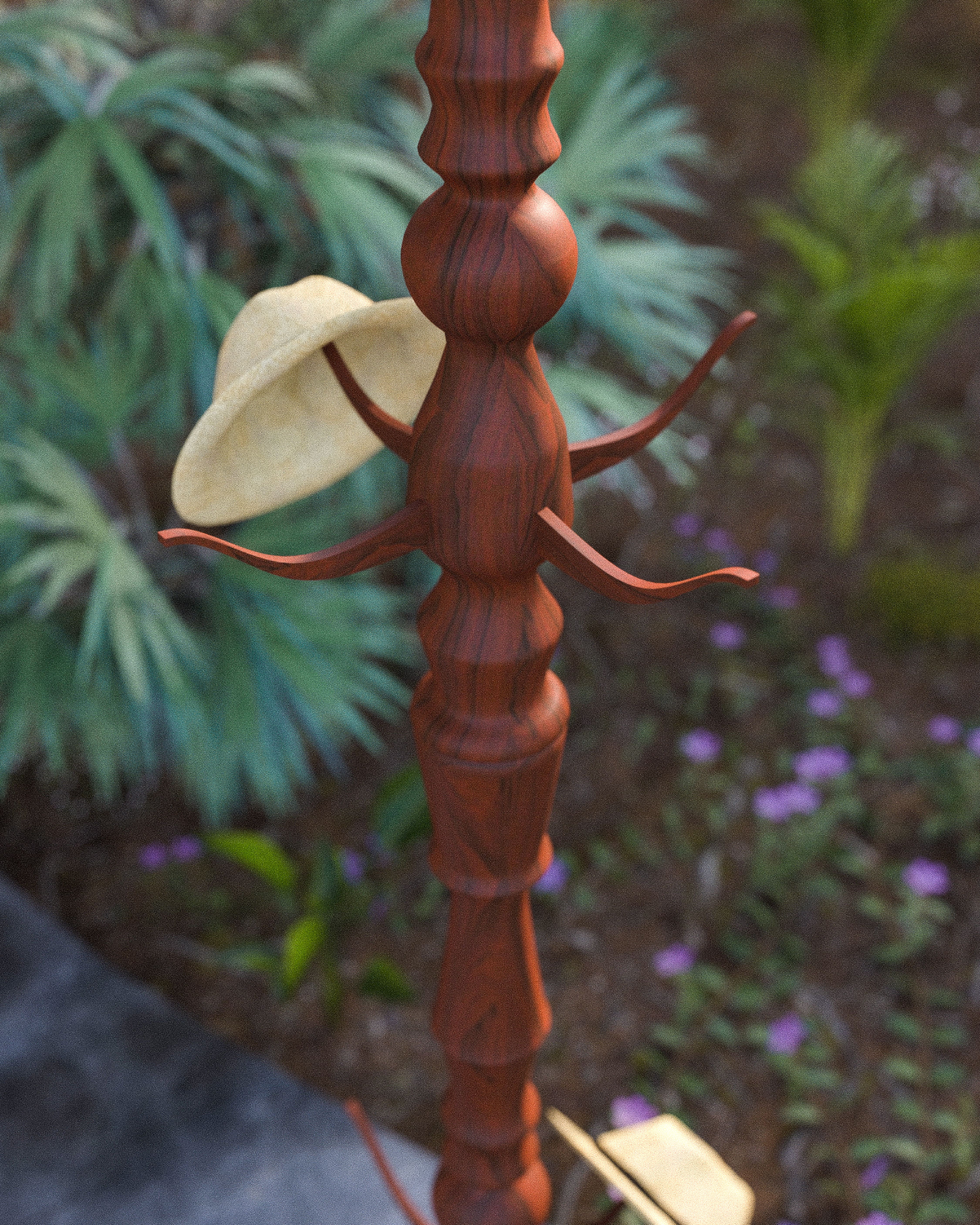

The Guiablesse’s Furnitures
1 The pipe holder
2 The “ti’feu”
3 The stool
4 The book holder
5 The columns
6 The “dodine”
7 The jars
8 The domino table
9 Essential oils bottles
10 The “ti’ban”
11 The hat column
12 The “démaré” bath
